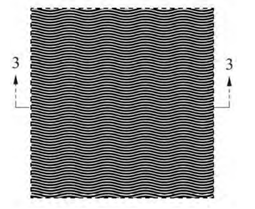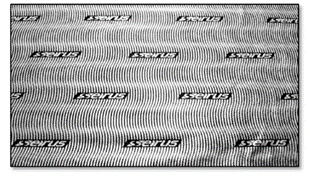In an appeal from a Patent Trial & Appeal Board finding of invalidity, the US Court of Appeals for the Federal Circuit held that the result-effective variable doctrine can apply even when there is no overlap between a claimed range and a prior art range. The Court also held that before denying a motion to amend, the Board must address every element of proposed claims, and that a party cannot challenge the US Patent & Trademark Office (PTO) Director Review procedure if it cannot show prejudice. Pfizer Inc. v. Sanofi Pasteur, Inc., Case No. 19-1871 (Fed. Cir. Mar. 5, 2024), (Lourie, Bryson, Stark, JJ.)
Sanofi filed five inter partes review (IPR) petitions targeting a patent owned by Pfizer and directed to immunogenic glycoconjugates of Streptococcus antigens (i.e., combinations of sugar molecules found on the surface of Streptococcus bacteria capable of provoking an immune response). The challenged independent claim recited conjugates having a sugar from the 22F Streptococcus serotype and a molecular weight falling within a claimed range. Dependent claims further limited the independent claim by requiring combinations of specific sugars.
Sanofi challenged the claims based on a combination of two references: GSK-711 and Merck-086. GSK-711 described vaccines using sugars from 22F, and Merck-086 described immunogenic compositions using Streptococcus sugar conjugates. While neither reference disclosed the molecular weight of a 22F conjugate, the Board found that the molecular weight of a conjugate was a “result-effective variable” – i.e., a variable that affected the efficacy of the result – and thus it would have been obvious for a person of ordinary skill in the art (POSITA) to optimize the molecular weight of a 22F-based conjugate to achieve the claimed molecular weight range. The Board also found that the dependent claims would have been obvious, as GSK-711 disclosed the additionally claimed sugars. Pfizer filed a motion to amend to add new claims, but the Board denied the motion. Pfizer also requested Director Review of the Board’s decision, but the Director denied the request.
Pfizer appealed to the Federal Circuit alleging that the Board improperly applied the result-effective variable doctrine, that the Board improperly denied Pfizer’s request to amend the claims, and that the Director’s denial of review violated the Administrative Procedure Act (APA). The Federal Circuit affirmed the Board’s finding of invalidity, affirmed in part and remanded in part the issue of the proposed claim amendment, and finally held that any violation of the APA was harmless.
The Federal Circuit started with an analysis of the result-effective variable doctrine. Pfizer argued that the result-effective variable doctrine could not apply when there was no disclosure of an effective range in the prior art. Therefore, because neither GSK-711 nor Merck-086 disclosed an effective molecular weight range for a 22F conjugate, and because the relationship between molecular weight and efficacy was unpredictable, the independent claim was not obvious. The Court disagreed.
The Federal Circuit explained that, when there is a gap between the prior art and the claims, the relevant [...]
Continue Reading
read more

 Subscribe
Subscribe




